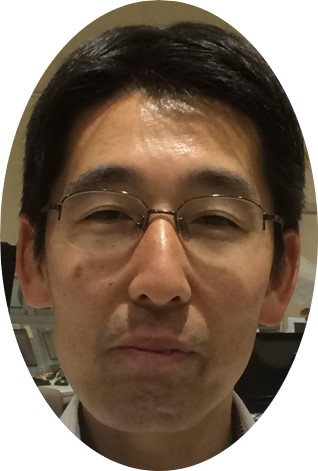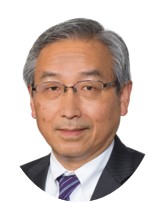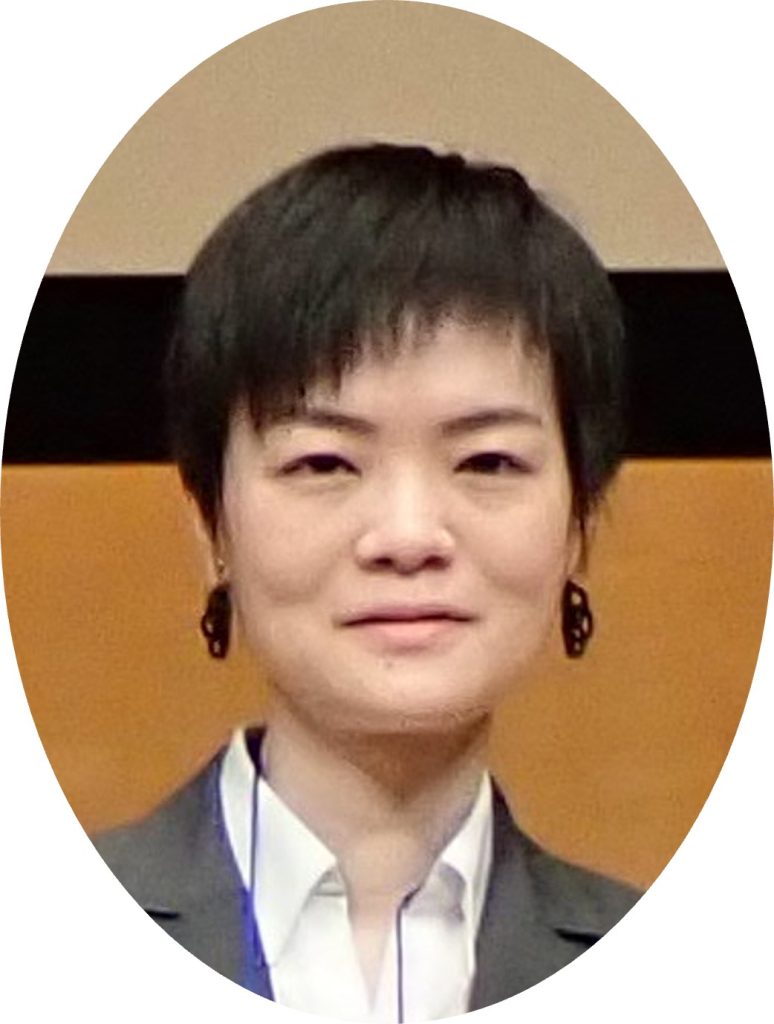Plenary Talk
Presenter:
Prof. Masayuki Yokoyama
Sensing and Intellectualization unit / Rokkasho Research Center,
National Institute for Fusion Science / National Institutes of Natural Sciences

Title:
Statistical-mathematical thinking in fusion research
Abstract:
“Statistical-mathematical thinking in fusion research” has been proposed, which complements conventional thinking based on plasma-physics. Its main concept is to acquire a model that “fits to the data”, rather than trying to explain the data. It does not necessarily have to be a “big data” but has a strong implication of maximizing data utilization. It can be said that this viewpoint is different from AI, which assumes the existence of big data. A few examples of such thinking will be described in the talk. It will be possible to share issues in fusion research with the statistical mathematics community and challenge them by widening the viewpoints such as plasma physics and statistical mathematics. It is also timely to consider this approach since the measurement becomes limited towards the fusion reactor and the need for estimation of necessary parameters will be increasing.
Biography
I was born in Niigata in 1969. I completed the doctoral program at Kyoto University (Graduate School of Nuclear Engineering) and became an assistant professor of National Institute for Fusion Science (NIFS) in Jul. 1996. I conducted research mostly related to thermal transport issues of helical plasma (Large Helical Device) and then promoted the initiative to formulate the integrated transport analysis suite, so called TASK3D-a. Based on the accumulated results by TASK3D-a, I have got the interest to implement a data-science approach and then have proceeded to propose “Statistical-mathematical thinking in fusion research” (this talk). I am currently the director of Rokkasho Research Center of NIFS.
Invited Talk
Presenter:
Prof. Kazuo Kashiyama
Civil and Environmental Engineering,
Chuo University

Title:
Simulation and Visulaization Using XR technology
~Application to Safety and Environmental Problems~
Abstract:
In recent years, the development of XR (VR/AR/MR) has been remarkable, and it is effectively used not only in the field of science and engineering but also in various fields. In this presentation, the simulation and visualization using XR technique for safety and environmental problems are presented.
For the application to safety problem, Tsunami disaster problem is investigated. Tsunamis kill many human beings and damages economic activities seriously, such as the tsunami caused by the Great East Japan Earthquake in 2011. It is very important to develop useful modelling, simulation and visualization methods for tsunami waves in order to perform the planning and design for the community development and the mitigation of disaster. Especially, the visualization is important to understand the power of tsunami and to improve the consciousness of disaster mitigation. In this presentation, the modelling, simulation and visualization methods for tsunami waves are presented. For the modelling method, several GIS, CAD and AUV data are employed. The stabilized finite element method is employed for tsunami based on the shallow water equation. We also propose a visualization system linked to the evacuation simulation to understand the power of tsunami and the importance of the evacuation. The present modelling, simulation and visualization methods are shown to be useful tools for disaster mitigation education.
On the other hand, for the application to environmental problem, noise problem in urban area is investigated. Since noise may affect the human body such as psychological discomfort and sleep disturbance, it is necessary to quantitatively evaluate the noise level when planning and designing soundproofing measures in urban area. In the conventional studies, the computed noise level is described by the visualization using computer graphic such as iso-surface. Although the visualization is a powerful tool to understand the distribution of noise, it is difficult to recognize the noise level intuitively. In this presentation, noise evaluation systems based on both acoustic wave theory and geometrical acoustic theory are developed. The system exposes to the users the computed noise level with both the auditory information using sound source signal and the visual information using CG image. In order to investigate the validity and efficiency of the method, the present method is applied to several noise problems. The present system is useful for planning and designing tool for various facilities in an urban area, and also for consensus building for designers and the local residents.
Biography:
Dr. Kazuo Kashiyama obtained his PhD at Chuo University, Department of Civil Engineering, in 1987. He is currently a professor of the Department of Civil and Environmental Engineering of Chuo University and the director of AI and Data Science Center of Chuo University. His research interests cover many areas of computational mechanics, such as shallow water flow, free surface flow, noise simulation, wind flow, fluid-structure interaction, high performance computing and application of VR/AR/MR in pre and post processing.
He received the encouragement award of computational mechanics JUSE ( Japan Union of Science and Engineering) in 1990, the Kawai medal from JSCES (The Japan Society for Computational Engineering and Science) in 2008 and Computational Mechanics Award (Asian-Pacific Association for Computational Mechanics) in 2013, JSCES Achievement Award and IACM (International Association for Computational Mechanics) Fellow Award in 2016 and Achievement Award for Applied Mechanics (Japan Society of Civil Engineers) in 2021.
He is the past President of the JSCES and an executive council member of IACM since 2012. He also serves as the advisory board member of the International Journal for Numerical Methods in Fluids, International Journal for Numerical Methods in Engineering and International Journal of Computational Methods.
Invited Talk
Presenter:
Dr. Emi Narita
Graduate School of Engineering,
Kyoto University

Title:
Development of a neural-network-based turbulent transport model DeKANIS and its application to integrated simulations of fusion plasmas
Abstract:
Fusion power is severely affected by plasma density and temperature, which are usually predicted by integrated codes. Such codes solve transport equations with turbulent fluxes provided by turbulent transport models embedded in the codes. First-principle-based turbulent transport models give reasonable agreement with experiments, but they consume large computational resources. To accelerate integrated simulations, neural-network (NN) based turbulent transport models have been developed, which predict turbulent fluxes about 103 times faster than the conventional models. While most NN based models work as surrogate models that mimic the existing ones, our model named DeKANIS is founded on gyrokinetic calculations performed on supercomputers and experimental data. DeKANIS has the feature that reveals the dominant transport processes in the predicted density and temperature based on the gyrokinetic calculations.
Biography:
PhD in Engineering from Osaka University in 2015. Emi Narita started her career at Naka Fusion Institute of QST. She has been engaged in experimental analysis of turbulent transport in fusion plasmas with gyrokinetic codes, transport modelling utilizing machine learning techniques, and development of integrated codes. She moved to the Graduate School of Engineering at Kyoto University in 2023.
